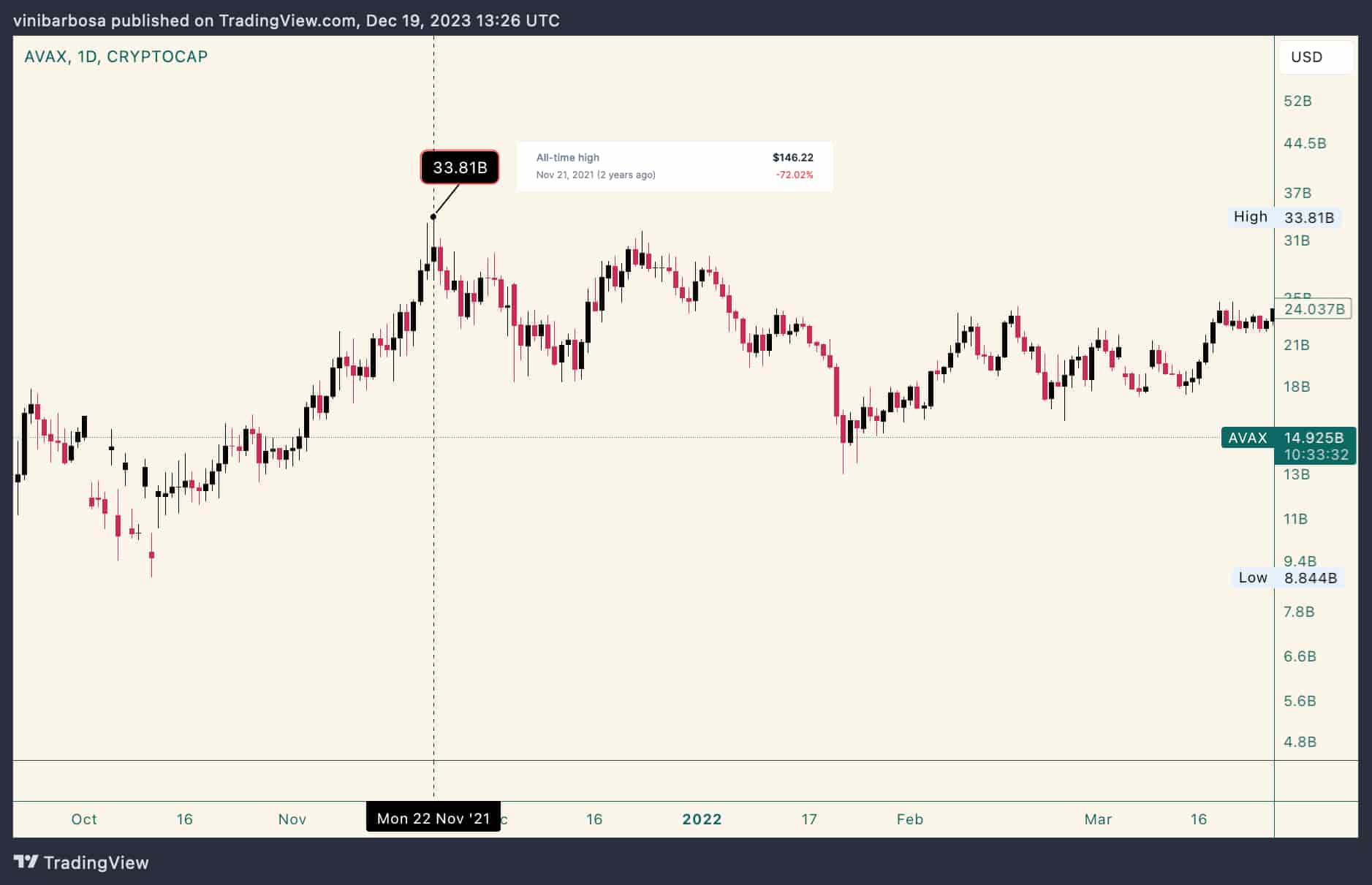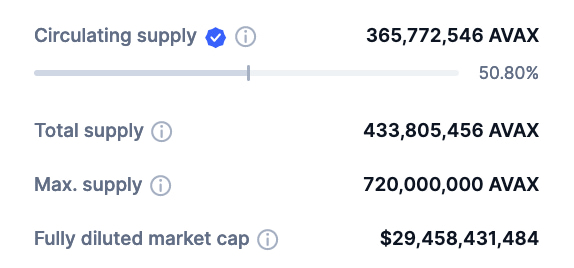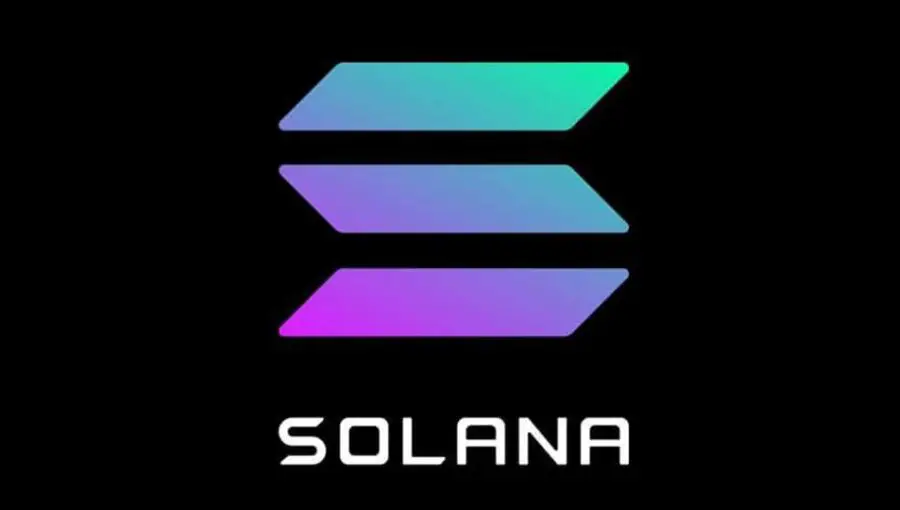Supply inflation dynamics have a meaningful impact on cryptocurrency investments. It is crucial to understand cryptocurrencies’ tokenomics to gain a valuable edge over the market.
Avalanche (AVAX) has a relevant supply inflation, and Finbold looked into it from a different perspective.
Interestingly, we calculated the price AVAX would trade if it ever hits Avalanche’s all-time high market cap. This was possible by studying leading indexes, with demand as the benchmark – illustrated by capitalization.
Both supply and demand can influence whether a cryptocurrency’s price will go up or down. On that, any inflationary asset needs proportionally more demand to keep its same value.
Notably, AVAX had an all-time high price of $146.22 per token on November 21, 2021. One day later, Avalanche reached its highest market cap of $33.81 billion, with an estimated 231.226 million AVAX circulating supply.

Avalanche supply inflation and its economic effects
Let’s explore this project’s native token supply inflation and its economic implications. At the time of writing, Avalanche had a circulating supply of 365.772 million AVAX. This results in a supply inflation of 134.546 million AVAX (58%) in two years, or around 29% a year — higher than Solana’s yearly inflation.

Essentially, the price projection also shows the massive economic effects of this huge inflation. AVAX will trade at a proportionally lower price than the corresponding all-time high if this Ethereum competitor reaches its previous speculative demands.
Considering the circulating supply on December 19, Avalanche would be priced at $77.94 per token at its highest capitalization. Interestingly, a loss of $68.28 (46.7%) from its highest price in 2021.
However, this still indicates a potential 90% increase from the current price of $41.00.
It is important to understand that the forecast requires the same demand for Avalanche as in 2021. In this context, there are no guarantees that this demand will ever be seen again. On the other hand, it is also possible that a higher demand surges in the following years, which its continuous supply inflation will suppress.
Disclaimer: The content on this site should not be considered investment advice. Investing is speculative. When investing, your capital is at risk.











